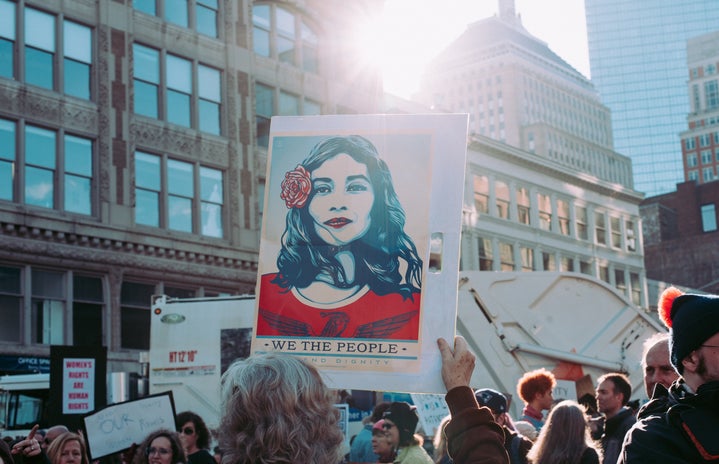When it comes to music, there are pros and cons of being part of the digital age. For consumers, it’s never been easier to listen to the music you like: between iTunes, Spotify, Pandora, and Grooveshark, you’re never at a loss for things to listen to, whether they’re old favorites or new discoveries. All it takes is a single click.
But while services like these have revolutionized the music market, the next generation of innovation, along with your ability to find new music modified to your taste, has been threatened by recent developments among major record labels.
As the Huffington Post reports, nearly 90 percent of the music market is controlled by the four biggest record labels: Universal, Sony, Warner Music Group, and EMI. Now, however, Universal is planning to absorb EMI in a merger slated for this week. If the Federal Trade Commission signs off on this, the new EMI-Universal giant would control over 40 percent of the market alone.
It comes as no surprise that as far as artists are concerned, such a merger is extremely unfavorable. “It’s all totally stacked against the creator,” said Casey Rae-Hunter, who leads the Future of Music Coalition, which represents independent and unsigned musicians. “And the Universal-EMI merger gives them even more leverage to do really scary things.”
For consumers, such a merger would create a serious dominance — some are calling it a monopoly — in the digital music sphere. This would imply a likely decline in innovation, meaning that the ways you get your music and your ability to get songs tailored to your personal tastes would become limited.
Some argue that all this hubbub is just an overreaction. As Forbes reports, this year independent artists earned over half of Grammy nominations and won 44 percent of the awards: “competition from Indie labels and artists is significant,” they write.
Politico.com writes that market share isn’t the only determining factor in a label’s success. In some cases, major labels no longer control distribution or intellectual property rights for music, which makes the situation a little less daunting for the artist.
But this only holds true for an artist signed to one of these major labels. For the rest of us, independent artistsa and consumers alike, the future remains up in the air.
Photo source:
Associated Press

